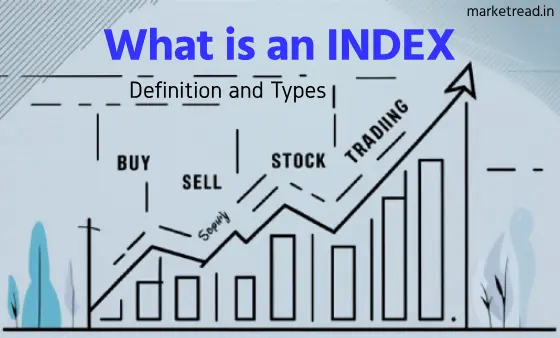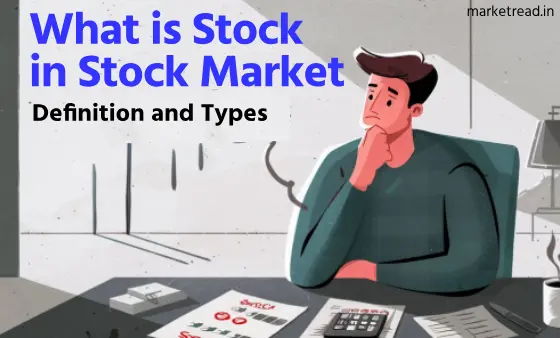Table of Contents
Why Option Buyers lose money?
These days, many retail traders are getting attracted towards index options like Nifty and BankNifty. The reason is clear—the so-called influencers on YouTube and social media, who show you dreams of making big money with small capital.
People get lured by leverage and the hope of doubling money quickly and enter the world of the stock market. But the reality is, for most people, option trading turns out to be a losing game.
A recent SEBI study found that over the past few years, nearly 90% of retail investors have lost money in Futures & Options (F&O). Only about 7-10% of people were able to make a profit. These figures show why blindly buying options often proves to be a mistake.
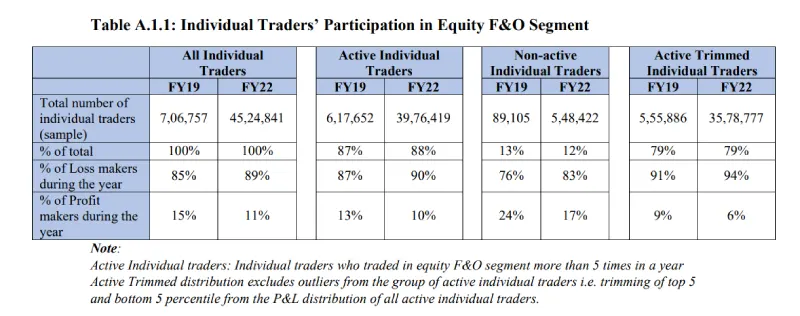
But then the question arises—why is option trading so difficult in the Indian market? Why do option buyers tend to lose? We will also look at the key challenges that retail traders, especially in index options (Nifty, BankNifty), face. With real examples and simple charts, we will understand why trading options without proper understanding often results in losses.
What is Time Decay (Theta) and How It Eats Your Profits?
When buying options, traders have to pay a price known as the premium. In Indian index options, this premium is quite expensive, especially for ATM (at-the-money) or nearby strike prices.
The problem is, if the market doesn’t move quickly in your favor, this premium melts away daily. This is called Time Decay (Theta decay)—meaning the option’s value decreases with time.
Suppose you bought a BankNifty call option that is ATM with only a few days left to expiry. If BankNifty doesn’t rise significantly, the premium of your option will decrease with each passing day, even if the underlying price doesn’t change much.
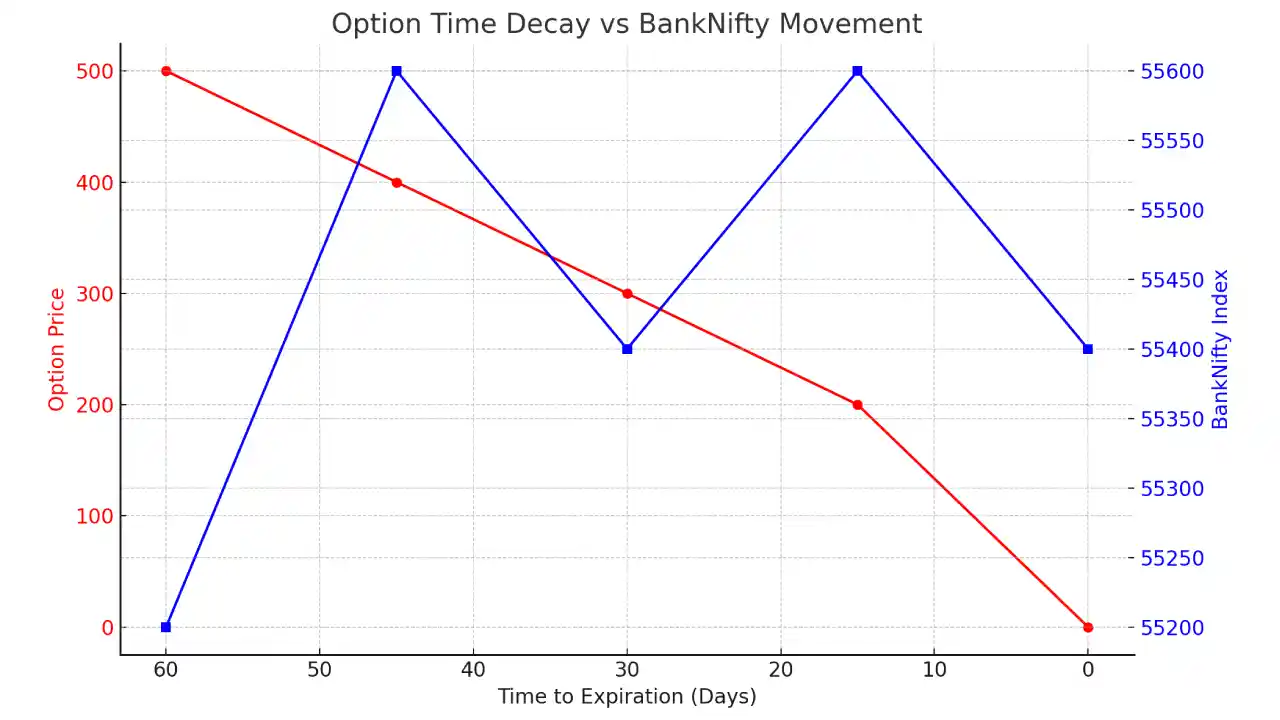
Most new traders are unaware of this. They simply watch their purchased option melt away over time without any significant market move. The truth is, the time value of the premium often falls so fast that even a small underlying move cannot compensate for it. Result—the option buyer suffers a loss.
The above chart shows how, as expiry approaches, the time value (premium) of the option decreases rapidly. In the last few days/hours, this decline (Theta Decay) is the steepest, making it even harder for option buyers to profit.
Note that weekly expiry options, which are very popular in Nifty and BankNifty, experience even more intense time decay. By Wednesday-Thursday, the premiums of ATM/OTM options fall rapidly.
Many retail traders buy cheap OTM lottery-like options on Expiry Day afternoon, hoping for a miracle in the final hour.
But most of the time, this doesn’t happen, and even the small amount of money they invest goes to zero—lost to time decay. This cycle of buying expensive premiums and then seeing them drop due to Theta decay frustrates option buyers.
The Probability Game: Why Option Buyers lose money?
The probability of winning in option trading usually favors the sellers, not the buyers. Most large professional traders are option writers (sellers) because statistically, it is easier to make money by selling options. Why? Let’s understand with a simple example:
Suppose Nifty is currently at 19,000. You think the market will fall and buy a 18,800 put option. Meanwhile, an experienced trader sells the same 18,800 put option. Now, let’s see who benefits in different scenarios:
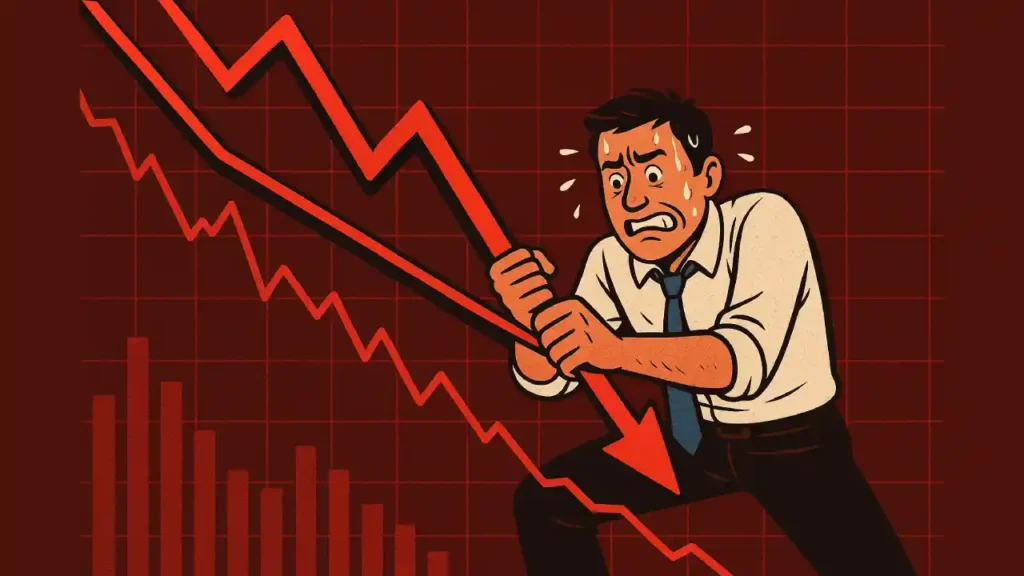
- Case A: If Nifty rises (say to 19,200)—your purchased put becomes worthless (you lose the entire premium), while the seller keeps the entire premium as profit.
- Case B: If Nifty stays around the same level (around 19,000)—the put option won’t be in-the-money by expiry, and its premium will reduce to zero. You lose again, and the seller profits (keeps the premium).
- Case C: If Nifty falls slightly to 18,850—the put seller still profits because the option premium may still expire worthless or remain very low (due to Theta decay).
- Case D: Yes, there is one scenario where you (the buyer) win—if Nifty falls sharply below 18,800 (say to 18,600 or lower). Then your put becomes in-the-money and generates good profit, while the seller may suffer a significant loss.
It is clear here that in three out of four common scenarios, the option seller benefits, and the buyer loses. The option buyer profits only if there is a big move in the underlying, which is a low probability event.
That’s why the win rate for option buyers is quite low, while sellers have a win rate of 60-70% or even higher. Many large traders prefer writing options for this very reason—like an “insurance company,” they keep collecting premiums, and in most cases, there are no claims (in-the-money moves).
A clear comparison Option Buyers vs Option Seller
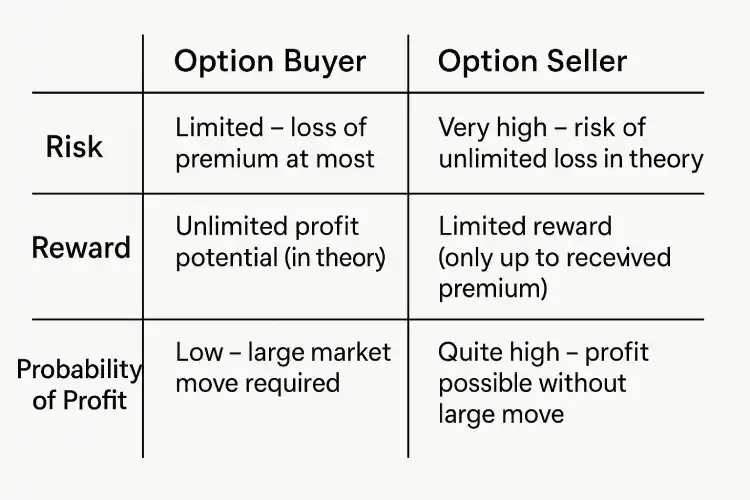
This comparison shows how difficult the risk-reward game is for option buyers. Although buyers dream of unlimited profit, this rarely happens. On the contrary, in small moves or sideways markets, their premium keeps melting. Meanwhile, option sellers, by accepting limited profit potential, still win in most scenarios.
Brokerage Platform Limitations That Hurt Retail Traders
In the Indian market, retail traders not only have to deal with market fluctuations but sometimes also face technical glitches on broker platforms.
You must have seen on social media that on highly volatile days, apps or websites of major brokers (like Zerodha, ICICI Direct, etc.) hang, orders don’t get executed, or positions are not displayed correctly.
For example, in a famous incident, a trader lost ₹10 Lakh due to a platform bug, later refunded by the broker. Sometimes, if there’s an exchange-level glitch, brokers forcibly square off your intraday orders to reduce their risk, which can also lead to losses.

News 1: India’s top brokerage Zerodha faces investor fury after stock exchange glitch
News 2: Zerodha’s prompt action hailed as ‘Overtrader’ loses ₹10 lakh due to a bug, gets refund in 48 hours. What went wrong?
Additionally, retail traders face many systematic limitations:
- Order Execution Delays: Institutional or professional traders have fast servers, advanced order types, and algorithms. Retail traders, on the other hand, trade on mobile apps or basic internet connections. A few seconds’ delay can turn profit into loss. Fast-paced styles like scalping are practically impossible for retail traders because broker platforms can’t fill orders that quickly or slippage occurs.
- Margin and Restrictions: Selling index options requires significant margin (security deposit), which small traders cannot afford. As a result, they only buy options—where the odds are against them, as seen earlier. Some platforms also restrict buying far OTM options (especially on expiry day) to prevent lottery trades. These rules can sometimes hinder honest traders too.
- Brokerage Charges and Taxes: Every trade incurs brokerage, stamp duty, SEBI fees, GST, etc. With frequent buying and selling of options, these costs add up and eat into profits. Especially for overtraders, even small profits vanish due to fees. New traders often overlook these hidden costs and later realize that even after catching the right Nifty move, their pockets are empty.
These technical and practical issues make it even harder for retail traders. Even with correct market predictions, if the platform fails or extra costs pile up, the final loss is borne by the trader.
Greed for Over-Leverage and the Problem of Small Capital
Options allow large positions with small capital and this is called leverage. For example, with ₹5,000, you can control one lot of BankNifty, whose notional value runs into lakhs. This sounds tempting—a big game with little money! But this greed for leverage drowns most retail traders.
- Traders with small capital often throw their entire ₹5,000-₹10,000 into one or two trades, hoping that a correct call will double the money. But if the trend even slightly goes against them, the entire account gets wiped out.
- Many new traders even borrow margin or take loans to trade—meaning they risk more than they can afford to lose. This is called over-leveraging.
- A couple of successful trades often lead to overconfidence, and they increase position sizes beyond limits. Then one big loss not only wipes out past profits but also eats into the principal capital.
- The truth is, to survive in option trading, you must have sufficient capital to endure some consecutive losses (drawdowns).
- Experience shows that you need at least ₹1-2 lakh to properly execute strategies and avoid going all-in repeatedly. But most retailers jump in without such large funds, and the result is the same—the entire account blows up after a few wrong trades.
Leverage is a double-edged sword. Without training and experience, it causes more harm than good.
Remember, just because it takes less money doesn’t mean the risk is lower. In fact, the idea of earning unlimited money with small premiums sounds low-risk but carries massive potential losses.
Options provide leverage, but without the knowledge to handle it, that same leverage can blow up your account. Hence, capital management and proper position sizing are crucial; otherwise, option trading with small capital becomes like gambling.
The Real Problem: Lack of Knowledge & Education
There is great enthusiasm for option trading among Indian retail traders, but equally lacking is proper education and information. People pick up superficial tips from YouTube, Telegram, or social media and jump straight into the market.
The basic concepts of options—like Greeks (Delta, Theta, etc.), implied volatility, choosing the right strike price, the effect of expiry—are often poorly understood. The result is that trading becomes more of a guess or gamble than a well-thought-out strategy.
Inexperienced traders come with false assumptions: they believe options are safe due to low capital requirements or an easy way to make quick money. But the reality is the opposite—options are as complex as they are attractive. Jumping in unprepared is like trying to swim without learning.
Many people get trapped thinking, “What’s the harm in risking a little premium,” but this thinking leads to repeated small losses that eventually snowball into major losses.
Lack of Focus on Learning
Only those succeed in the market who first work hard to gain knowledge, build data-backed strategies, and practice with demo/paper trading. Unfortunately, most retailers neither have a reliable mentor or course, nor do they study deeply themselves.
Even SEBI’s chairman recently said that it is essential for investors to be aware and informed so that the knowledge gap between big players and small retailers can be reduced.
Regulators also believe that alongside systematic reforms, educating investors is necessary; otherwise, the game will remain tilted in favor of the big players.
Trading without proper education is like traveling aimlessly without a map. If you want to try your hand at option trading, invest in learning first, think about earning later. Otherwise, the market will teach you a very expensive lesson.
Emotional Traps and Psychological Challenges
Trading is not just a technical game—it’s a mind game. Indian retail traders often fall into common psychological traps, especially with fast-paced derivatives like options:
- Greed for Quick Money: The dream of doubling money overnight through options attracts many. This get-rich-quick mindset destroys a trader’s patience. After one or two profitable trades, some even think of quitting their jobs. But when the next few trades go wrong, frustration builds.
- In the rush to make money quickly, they start taking bigger risks—essentially gambling. This becomes a vicious cycle.
- Greed and Fear Roller-Coaster: Option trading is thrilling—the premium changes every moment, your portfolio turns green quickly, and red the next. Human emotions swing wildly during these fluctuations. Greed takes over when, after small profits, traders hold on hoping for more, only to see it reverse.
- Fear dominates after two-three consecutive losses—traders skip even good setups, afraid of losing again. Many double their risk after every loss to recover quickly, known as chasing losses. Caught in this emotional trap, they forget planning and discipline.
- Overtrading and Addiction: For some, option trading becomes an addiction. Trying hands in the market every day, jumping on every move—this habit affects their time, money, and mental health.
- Constant screen time, reduced sleep, mood swings due to volatility—these are signs of burnout. Many traders treat it like gambling in a casino, where eventually “the house” (i.e., the market) always wins.
Handling these psychological challenges is not easy, but it’s necessary. Successful traders maintain emotional balance—not overexcited on small profits, not broken after losses.
Keeping a trading journal, noting reasons behind each trade, following stop-loss rules strictly, and setting realistic targets—these habits help avoid emotional traps. Remember, to beat the market, you first need to control your emotions.
Conclusion
In the end, the essence is that index option trading is not as easy as it appears. Without proper knowledge, strategy, and discipline, it becomes a losing game for most retail traders. In option buying, several natural forces work against you—fast time decay, high premiums, low win probability, technical advantages of big players, psychological pressure, etc. So, if you want to enter the options market, do so with open eyes and full preparation.
In short, avoid blindly trading options. Gain experience and confidence first, then take bigger bets. If all this feels overwhelming, no problem—start with stocks or mutual funds, learn the basics first. The options market isn’t going anywhere—enter only when you are fully prepared. Only then can you confidently say yes, now I can trade options successfully; otherwise, for most, blindly placed trades will only turn out to be a losing game.

